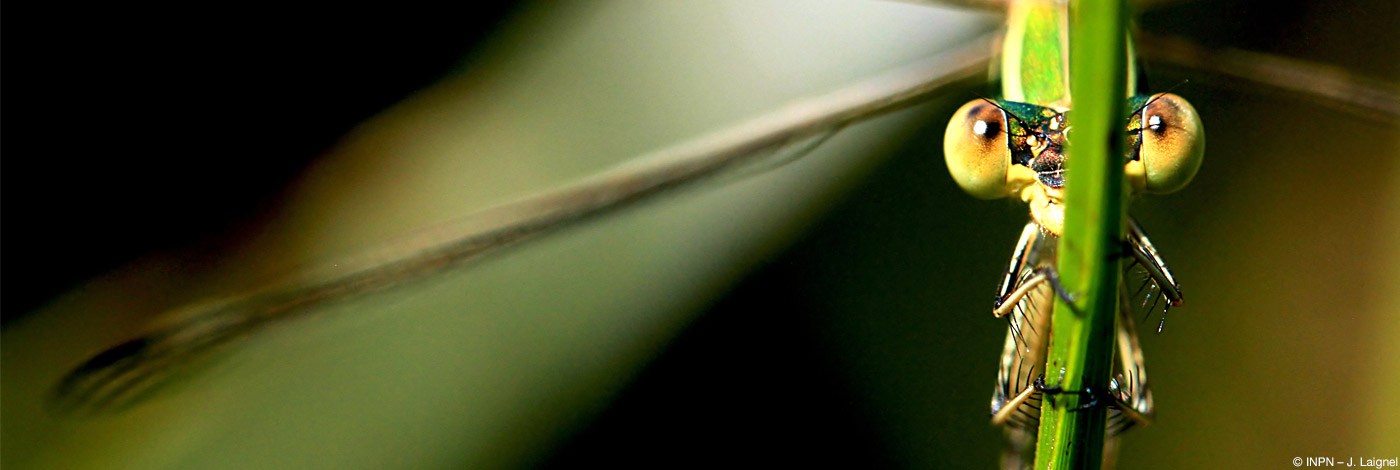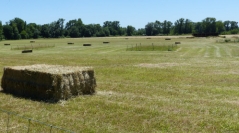

 Naturae
2021 (20) - Pages 277-291
Naturae
2021 (20) - Pages 277-291We study experimentally the effects of early stage management on restoration trajectories of a flood-plain grassland from a previously arable land in southwestern France. A randomized block design experiment was performed to test the coupling effects of hay transfer and soil harrowing in association with different management treatments: grazing immediately or several months after hay transfer, or either early or late summer mowing . Species richness was significantly higher in hay inoculated than in control plots. The origin, direction, and magnitude of the trajectory of hay inoculated plots all depended on the kind of management applied. Sheep grazing applied at the same time as hay transfer enhanced the recruitment of reference species as from the first experimental year, because it controlled aboveground competition and maintained the window of opportunity for species recruitment open for a sufficiently longer period of time. Our findings show that the kind of management applied simultaneously to harrowing and hay transfer influences the origin of a grassland trajectory, while its direction and magnitude are dependent on the management applied in subsequent years. On a longer time scale (five years), environmental or demographic stochasticity may deflect restoration trajectories towards more contingent assemblages, linked to seed rain or seed bank characterising the site. Grazing immediately after hay transfer may, however, be appropriate to accelerate the recruitment of species from the reference grassland.